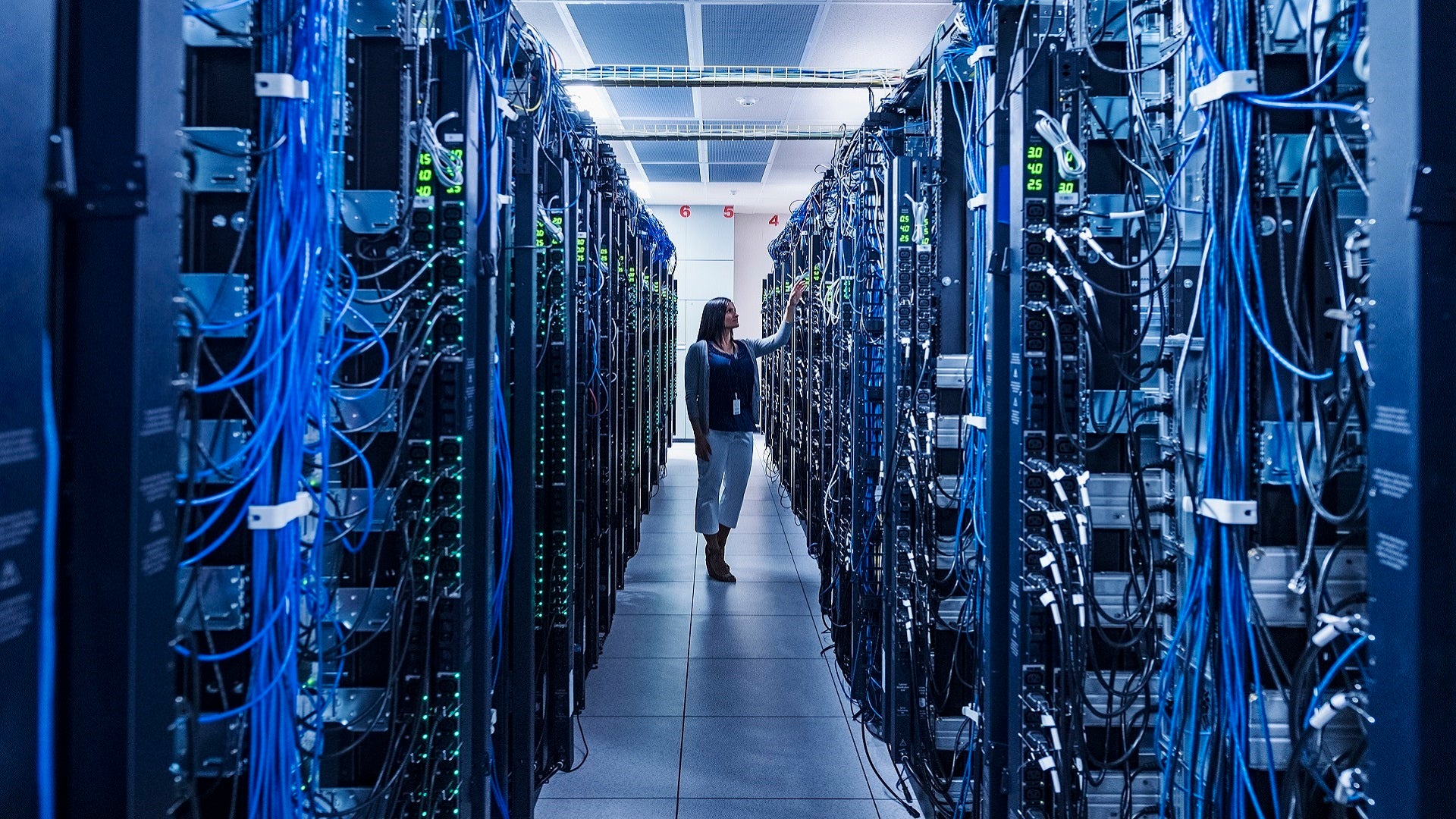
Industry 4.0 and digital transformation have changed the way consumers and businesses around the world operate, but the defence sector, due to both security concerns and location issues, has been slower on the uptake, with outdated data centres one of the core issues. Recently, however, some of the more outdated hard and software has become a blocker to both progress and efficiency, with nextgen data centres a key focus to improve efficiency.
With remote working becoming de rigeur this year, are the oldgen data centres really fit for purpose?
Army Technology spoke to Jeff Verrant, Nokia’s CTO for US federal sales about data centre importance in military functions.
“Many of the data centres currently in use were constructed a decade ago. What we now call Gen 2 technology has served the US government and the Department of Defense (DoD) well. But needs are evolving and our data centres need to keep pace with that evolution,” he explains.
Gen 2, introduced at the time that server virtualisation became pervasive, has been extremely effective, as Verrant points out. IT solutions adapted to the needs of mass data storage, the massive increase in computing and network scale demands. In 2020, it has coped with the increased need for remote working during the Covid-19 pandemic. But these data centers predate the cloud era, and so cannot take full advantage of what the cloud can offer – increasingly important in today’s world.
Nextgen data centres
In government and defence, needs are changing rapidly. Information is collected, transported and processed information from the battlefields of the future using thousands of sensors, edge and central computing, and real-time analytics. This requires massive amounts of data, and a ubiquitous and extensible cloud.
“In response, the ways in which we create and transmit that data have changed too,” says Verrant. “Ultra-Reliable Low-Latency Communication (URLLC), 5G, and the Internet of Things (IoT) are all being implemented, or will soon be implemented, as integral parts of government and military communication. So the next generation of data centres need to take advantage of dynamic and software programmable, architecture.”
It’s time to evolve
When assessing if your overall defence data architecture will support the evolving mission data environment, Verrant advises asking yourself these questions:
- Is my application infrastructure faster and more agile than my network infrastructure?
- Am I still using Spanning Tree Protocol?
- Am I dependent on layer 2 switching, rather than layer 3?
- Can I adjust processing to edge computing and low latency environments?
- Can I make universal changes from a common application development environment, from central to the edge?
Fabric Service Platform delivers a new data centre fabric
One important aspect of the inevitable evolution to Gen 3 will be network operating systems (NOS) with completely open Linux-based fabrics.
Some vendors have taken a modified version of Linux and defined the infrastructure controls they would make available to users. Nokia SRLinux took a different path: it is an open, configurable, unmodified Linux kernel that does not limit or control what developers can do.
Verrant explains: “This means an open Linux environment, on top of the world’s best data centre routing and switching products. And on top of this, a new toolbox which we call Fabric Service Platform (FSP). With it, processes and functions are containerised, not monolithic, making the OS more resilient. We also open up modern techniques for access to telemetry, gNMI, and process interaction, gRPC. We provide a Python-based CLI that is open source and completely customisable. IT will exceed the expectations of your new DevOps-focused operations.
The result, he says, is that data centre operators manage the network infrastructure like their application environment, because it has the same software tooling and architecture.
“This represents a complete transformation of the data centre architecture, integration of dynamic East-West and North-South cloud and multi-cloud. This may take a little time — but in 2021 and beyond, SRLinux and FSP will support the streamlining of tool development and apps forthis network infrastructure,” Verrant shares.
FSP will allow the use of intent to drive configurations. Imagine an abstraction that avoids human-induced configuration errors. It allows you to simulate and play ‘what-if’ with data and deployment scenarios before implementing.
Nokia’s Linux-based foundation allows defence IT staff to write whatever they want, whenever they want, which means the DC fabric is now programmable, right down to the network processor. An applicable example: A defence department could build and run its own agents on switches for specialised performance monitoring, packet loss degradation, or RIB/FIB modification.
Two advantages of open data centre networking
“Velocity is a key advantage in command and control and decision-making,” says Verrant, “and that is what we are providing in the data centre environment. You get granular visibility into the complete network architecture and how data is flowing. It will allow you to make rapid changes to the network, to keep up with rapid changes in apps and services, and to rapidly create and implement new apps. It will allow you to customise, tailoring the network environment to your mode of operation,” explains Verrant.
Nextgen data centre can also increase the efficiency of operations staff and reduce Opex, using automation to work faster, demanding fewer resources – something that 2021 and the next few years will require from both the public and private sectors.
“The openness of SRLinux enhances security too,” Verrant continues. “Security issues are found and fixed rapidly in the Linux kernel, and that’s an advantage that SR Linux and Nokia Data Center Fabric build on. Open data centre networking allows the integration of many types of security tooling and mechanisms too. If you want to deploy zero trust architectures, for example, this, will be the ideal application development environment in which to do it.”


